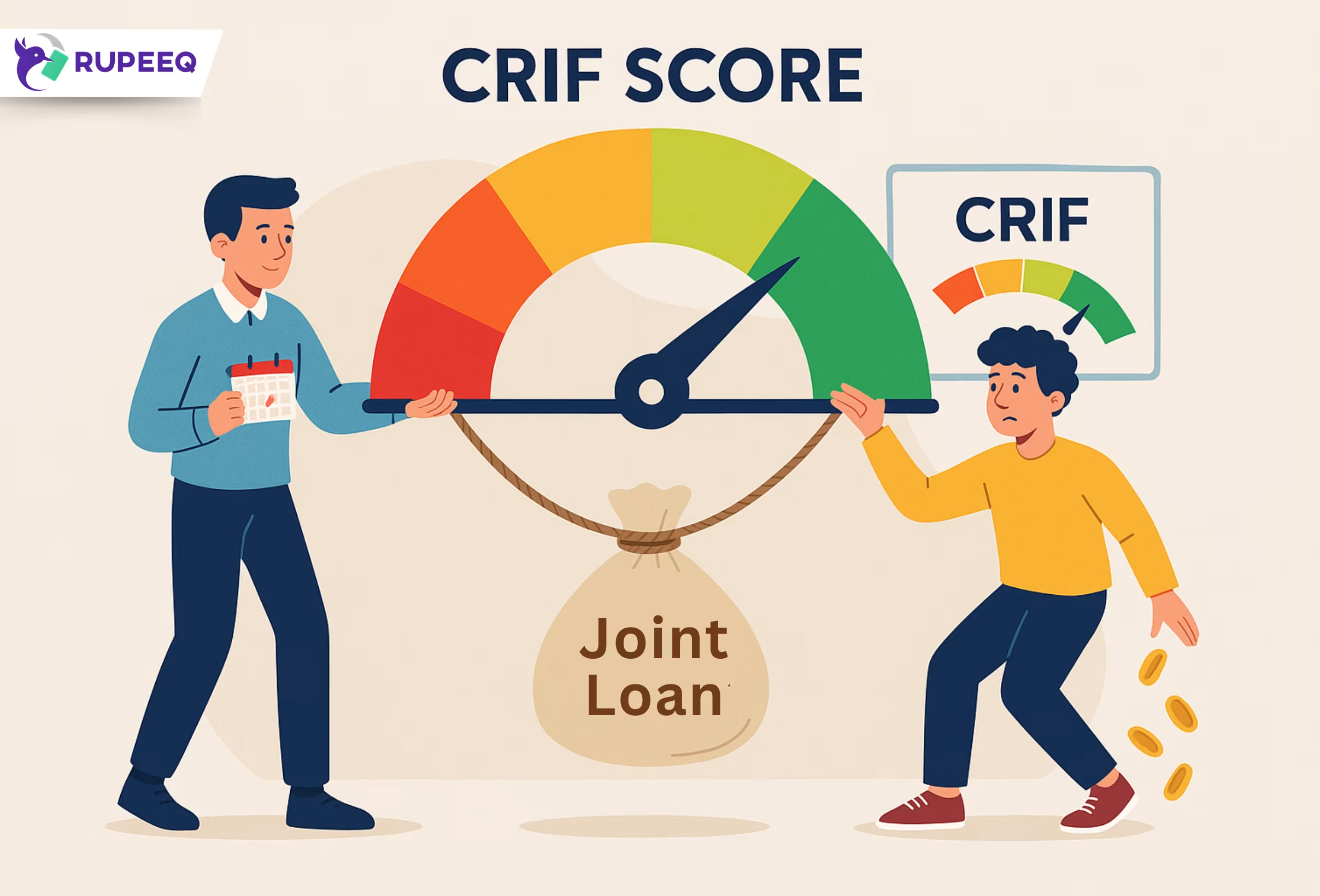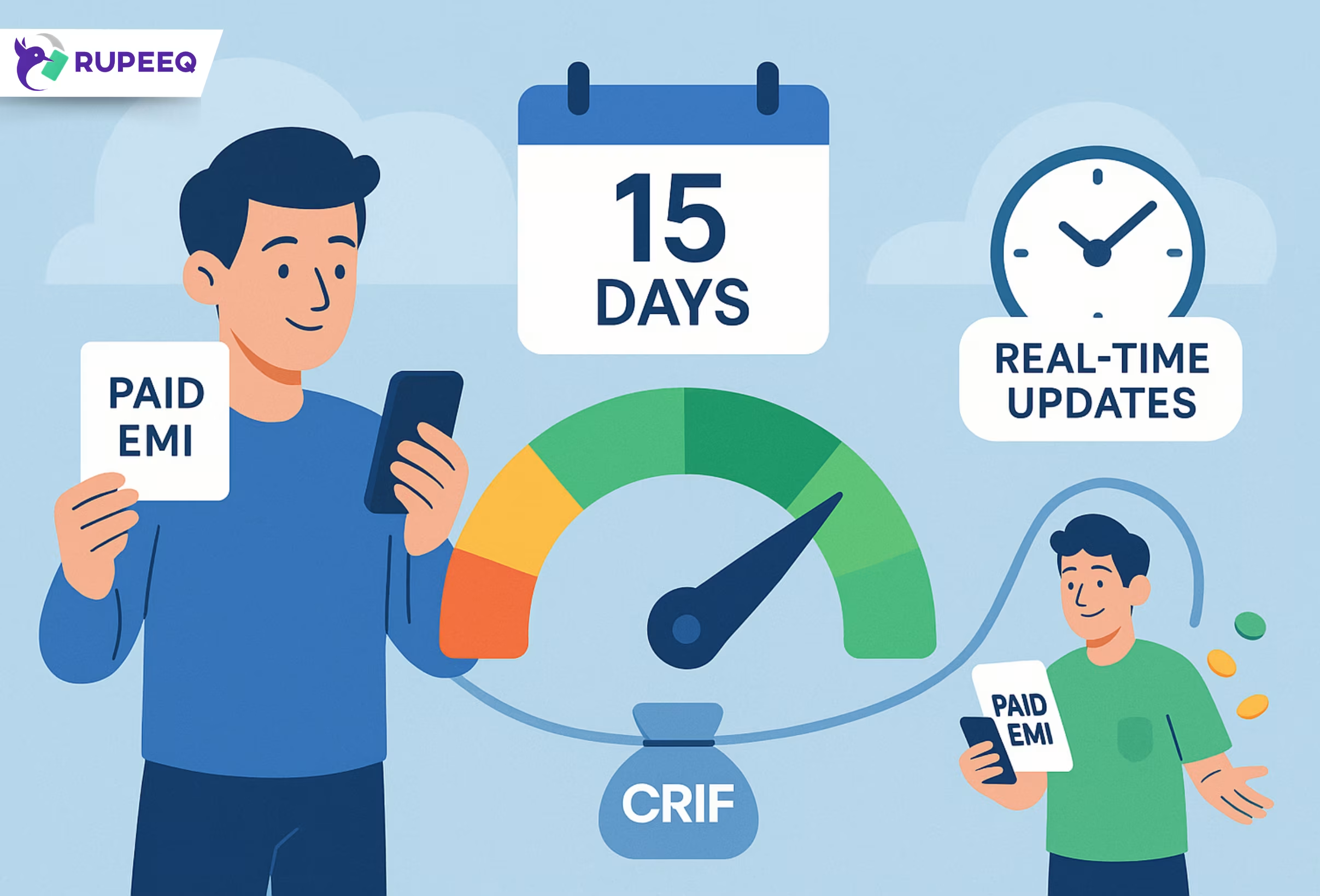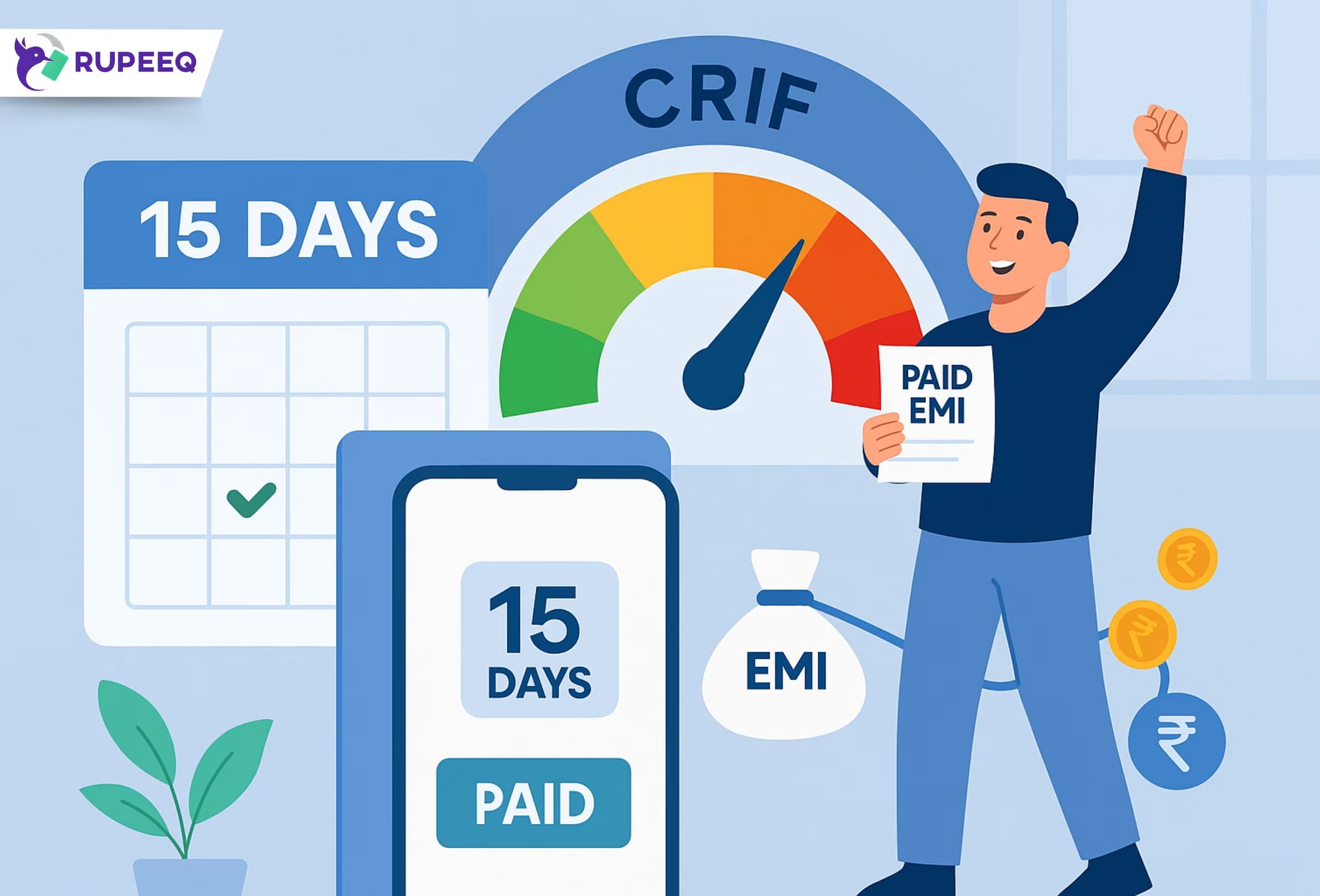When you apply for a loan with another person—be it your spouse, sibling, or business partner—your responsibility doesn’t end with just signing the documents. Joint loans carry certain risks and responsibilities that can directly affect your CRIF credit score. While joint borrowing might seem like a great way to improve loan eligibility or reduce individual burden, it’s important to understand how your credit score can be impacted.
This blog breaks down how joint loans work, how CRIF evaluates them, and what borrowers should keep in mind before taking this shared financial responsibility.
What Is a Joint Loan?
A joint loan is a type of loan that involves two or more applicants who share the responsibility of repayment. It is common in cases like:
- Home Loans taken by spouses
- Education Loans with parent and child as co-borrowers
- Business Loans with business partners
- Personal Loans with a family member
In such cases, the loan amount is sanctioned based on the combined income and credit profile of both borrowers. Repayment, however, is a shared duty—and any default affects all involved parties.
How CRIF Tracks Joint Loans
CRIF, like other credit bureaus, includes joint loans in the credit reports of all borrowers involved. Here’s how it impacts your profile:
- The entire loan appears in the credit history of both applicants.
- Repayment behavior—good or bad—is reflected for all.
- Delays, defaults, or settlements impact each borrower’s CRIF score individually.
Even if you are not the primary applicant, a missed EMI by your co-borrower can negatively affect your creditworthiness.
5 Key Ways Joint Loans Affect Your CRIF Credit Score
Understanding the mechanics of CRIF’s evaluation of joint loans can help you manage risk better. Here are five ways your CRIF score might be impacted:
CRIF assigns equal weight to EMI repayments for both borrowers. A single missed EMI, even if by your co-borrower, brings down both your scores.
RupeeQ Tip: Always have a transparent repayment plan with your co-borrower. Use auto-debit features to avoid missed payments.
2. High Credit Exposure Is Counted for Each Borrower
The full loan amount is factored into both borrowers’ total credit exposure. This may skew your credit utilization ratio or impact your eligibility for new loans.
| Borrower Type | Loan Amount | Reflected in CRIF Report |
| Primary | ₹10 Lakhs | ₹10 Lakhs |
| Co-borrower | ₹10 Lakhs | ₹10 Lakhs |
This can be risky if you plan to take another loan shortly after.
3. Impact of Loan Tenure on Credit Mix
Having a joint loan, especially a long-term one like a home loan, adds variety to your credit mix. That’s positive if managed well. But defaulting on long-term loans causes greater score damage than short-term defaults.
4. Disputes or Separation Don’t Cancel Responsibility
In case of personal disputes—like divorce or partnership breakdown—CRIF continues to consider both applicants as responsible unless the loan is formally closed or legally restructured. Emotional separation doesn’t equal financial separation.
5. Settlement or Write-Off Hurts Both Scores
If the loan is ever written off, settled, or turned into a non-performing asset (NPA), both borrowers’ CRIF scores will reflect this negatively for up to 7 years.
Can Joint Loans Help Improve CRIF Scores?
Yes, they can—if used responsibly. Here’s how:
- Shared repayment can be lighter on your budget, reducing missed EMIs.
- Consistent repayment on a large loan like a home loan can give a big boost to your credit history.
- Building a credit history for first-time borrowers (e.g., a spouse or child) becomes easier when they are co-applicants.
RupeeQ Tip: If you’re a parent planning to help your child build their credit history, consider adding them as a co-borrower on a small joint loan, but always stay on top of repayment.
Risk Factors to Watch Out For
Before opting for a joint loan, consider these risk signals:
- Your co-borrower has a poor credit score or irregular income.
- There’s no clear repayment plan or fund responsibility split.
- The loan is taken for a non-essential or risky purpose (e.g., unsecured business investment).
- You are not financially prepared to repay the entire loan if your co-borrower defaults.
Best Practices for Managing Joint Loans
Here’s how to ensure that a joint loan benefits your credit score and doesn’t hurt it:
- Set up auto-debit for EMIs from a shared or agreed-upon account.
- Monitor your CRIF report every month to track timely updates and catch errors.
- Use messaging or shared spreadsheets to stay aligned on repayment schedules.
- Discuss loan closure responsibility at the start—not after a fallout.
- Avoid joint loans with financially unstable co-borrowers, even if they’re close relatives.
Joint Loan Example: How It Impacts Two Borrowers
| Details | Borrower A | Borrower B |
| Income | ₹60,000/month | ₹40,000/month |
| CRIF Score Before Loan | 750 | 700 |
| Joint Loan Amount | ₹12 Lakhs | ₹12 Lakhs |
| Monthly EMI | ₹18,000 (shared 60:40) | ₹18,000 (shared 60:40) |
| 1 EMI Missed (by B) | -40 points | -50 points |
| Loan Closed Successfully | +60 points | +70 points |
A joint loan can be an asset or a liability—depending on how well both borrowers coordinate.
Final Thoughts
Yes, joint loans do affect your CRIF score differently, mainly because your financial health is now linked to another person’s habits. If the relationship is trustworthy and the repayment plan is structured well, it can even help you build your credit score faster. However, if things go wrong, the consequences are shared—and long-lasting.
Before taking a joint loan, be sure to evaluate the co-borrower’s credit behavior, income stability, and mutual accountability. And once you do take the loan, stay disciplined and proactive—because your CRIF score depends on it.







